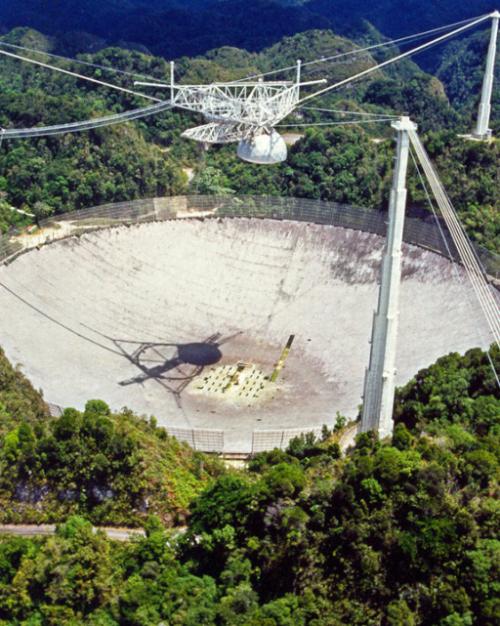Of the 300 Iranian missiles and drones launched against Israel on Saturday, nearly all were shot down well before reaching Israeli territory.
David Silbey is an associate professor of history at Cornell University where he specializes in military history and defense policy. Based on the evidence, he says the Iranian attack seemed designed more for show, than an attempt to actually inflict casualties.
“On a military level, the Iranian attack was fascinating, as it was not done in sufficient force to have much chance of success. The Iranians gave substantial early warning of the attack, and shaped it in such a way that the Israelis had hours to prepare when the attack was actually on the way," said Silbey.
“The strike itself led with the slowest weapons, the drones, which took hours to reach their targets. Only substantially later were cruise missiles and ballistic missiles launched as well. More, it did not call on major assistance from Iranian proxies like the Houthis and Hezbollah. “This was not an effective attack plan. Whether the Iranians meant that or were simply incompetent, I don’t know, but the result was a clear showing of defensive prowess on the Israeli side."
“Israel could certainly strike back if they wished, but they’re in the current position of being the one attacked, rather than the one doing the attacking, something that might help them reduce the international fire storm of criticism they’ve been getting," said Silbey.
For interviews contact Adam Allington, (231) 620-7180, adam.allington@cornell.edu.




